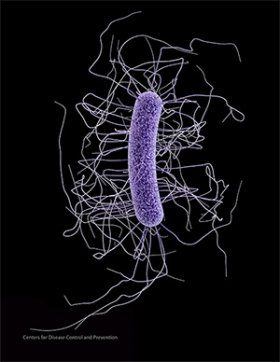Two researchers, Professor Seyed Moghadas and PhD student Sara Maghdoori, mathematicians in York University’s Agent-Based Modelling Laboratory in the Faculty of Science, wanted to evaluate strategies for reducing this risk. Their research, funded by the Natural Sciences and Engineering Research Council of Canada (NSERC) ? which identifies one of its top research priorities as health and related life sciences and technologies ? and the Mathematics of Information Technology and Complex Systems (Mitacs), considered how to control C. difficile in hospitals and offered new hope through early detection – more specifically: screening.
“Rapid detection remains an important component of control. Screening in-hospital patients with potential exposure to colonized patients or contaminated environment and equipment can help reduce the rates of transmission,” says Maghdoori, the lead author. (Moghadas co-authored and supervised.) “Colonization” refers to the development of a bacterial infection in a patient. The infected person may have no signs or symptoms of infection while still having the potential to infect others.
“This will have significant public health and clinical implications, especially in light of the emergence and community spread of hypervirulent strains of C. difficile,” Moghadas adds. Policy-makers, public health officials, clinicians and epidemiologists will be interested in these findings, published in BMC Infectious Diseases (2017).
Continue reading at York University.
Image via Centres for Disease Control and Prevention.


